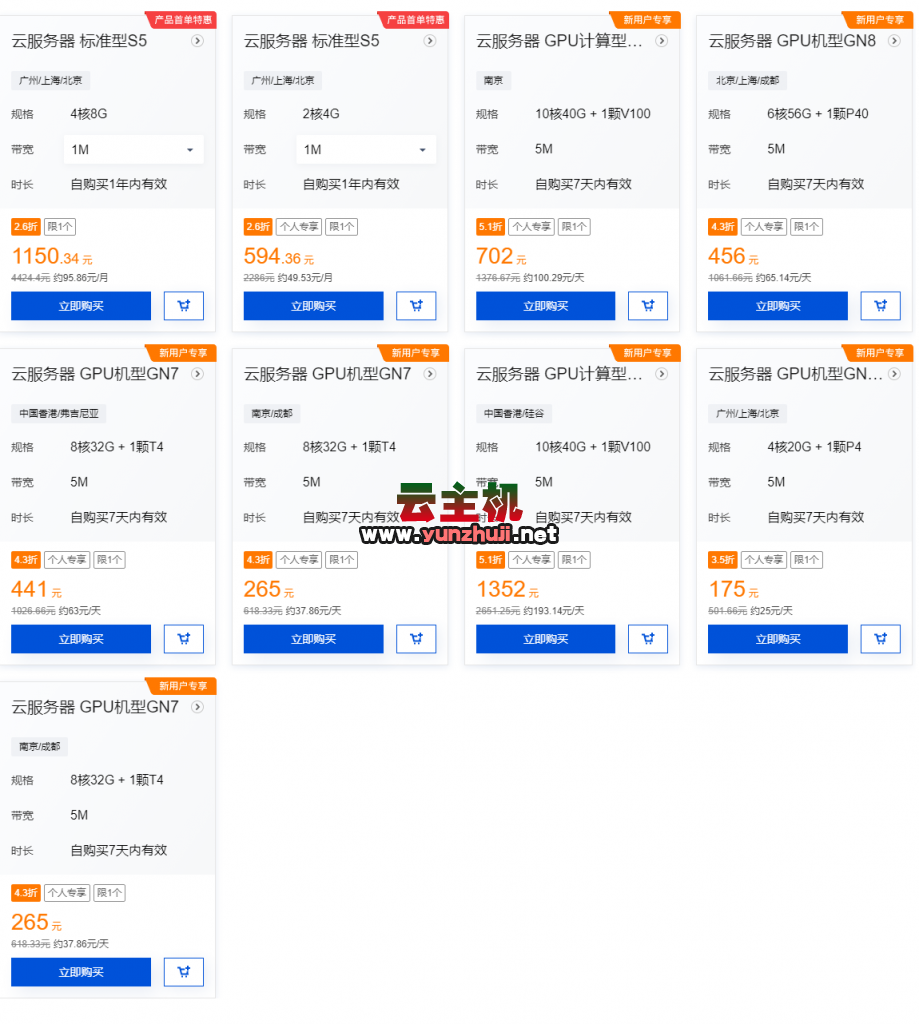Android入门之Style与Theme用法实例解析
背景和基本概念
在Android开发中,Style(样式)和Theme(主题)是两个重要的概念,它们本质上都是属性集合,用于定义用户界面的外观和行为,了解如何有效地使用Style和Theme,可以帮助开发者创建出更加一致、美观且易于维护的应用程序,本文将深入探讨这两个概念的基本用法和实际应用。
Style的定义和使用
Style用于设置单个View的外观和格式,它通常用于定义控件的属性,例如TextView的颜色、大小和背景等,Style可以包含多个属性,每个属性都可以定制。
1. Style的基本定义
一个Style的定义通常如下所示:
<resources>
<style name="CustomerTextStyle">
<item name="android:layout_width">match_parent</item>
<item name="android:layout_height">wrap_content</item>
<item name="android:gravity">center</item>
<item name="android:textColor">@android:color/holo_blue_bright</item>
<item name="android:textSize">18sp</item>
</style>
</resources> 在这个例子中,CustomerTextStyle定义了文本视图的宽度、高度、重力、文本颜色和文本大小,这些属性可以在布局文件中通过引用来使用:
<TextView
style="@style/CustomerTextStyle"
android:text="Hello, World!" /> 2. 继承和扩展Style
为了保持与平台界面样式的兼容性,通常需要通过扩展现有样式来创建自定义样式,可以使用parent属性指定要扩展的样式。
<style name="GreenText" parent="@android:style/TextAppearance">
<item name="android:textColor">#00FF00</item>
</style> 推荐的方式是继承支持库中的样式,以确保与较新版本的Android系统兼容:
<style name="GreenText" parent="TextAppearance.AppCompat">
<item name="android:textColor">#00FF00</item>
</style> Theme的定义和使用
Theme是应用于Activity或整个应用的一组样式,它主要用于定义整个界面的外观风格,包括窗体、标题栏、对话框等,Theme可以影响应用中的所有Activity,也可以单独设置某个Activity的主题。
1. Theme的基本定义
一个Theme的定义通常如下所示:
<resources>
<style name="AppTheme" parent="Theme.AppCompat.Light.DarkActionBar">
<item name="colorPrimary">@color/colorPrimary</item>
<item name="colorPrimaryDark">@color/colorPrimaryDark</item>
<item name="colorAccent">@color/colorAccent</item>
</style>
</resources> 在AndroidManifest.xml中应用这个主题:
<application
android:theme="@style/AppTheme" >
...
</application> 或者在具体的Activity中覆盖默认主题:
<activity android:name=".MainActivity"
android:theme="@style/Animation.AppCompat.Dialog" >
...
</activity> 2. 继承和扩展Theme
同样,Theme也可以通过继承现有主题进行扩展,创建一个暗黑模式的主题:
<style name="DarkTheme" parent="Theme.AppCompat.Light.DarkActionBar">
<item name="android:background">#333333</item>
<item name="android:textColor">#CCCCCC</item>
</style> 在AndroidManifest.xml中应用暗黑模式的主题:
<activity android:name=".DarkModeActivity"
android:theme="@style/DarkTheme" >
...
</activity> 实践案例
为了更好地理解Style和Theme的使用,下面通过一个简单的实例展示如何在项目中应用这些概念,假设我们有一个简单的记事本应用,希望为不同的文本类型设置不同的样式,并为整个应用设置一个统一的主题。
定义自定义Style
在res/values/styles.xml中定义一些自定义的文本样式:
<resources>
<style name="NoteTitleStyle">
<item name="android:layout_width">match_parent</item>
<item name="android:layout_height">wrap_content</item>
<item name="android:textColor">#FF0000</item>
<item name="android:textSize">24sp</item>
<item name="android:gravity">center_vertical|start</item>
<item name="android:padding">16dp</item>
</style>
<style name="NoteContentStyle">
<item name="android:layout_width">match_parent</item>
<item name="android:layout_height">wrap_content</item>
<item name="android:textColor">#000000</item>
<item name="android:textSize">18sp</item>
<item name="android:padding">8dp</item>
</style>
</resources> 在布局文件中应用Style
在res/layout/activity_main.xml中使用这些自定义样式:
<LinearLayout xmlns:android="http://schemas.android.com/apk/res/android"
android:orientation="vertical"
android:layout_width="match_parent"
android:layout_height="match_parent"
android:padding="16dp">
<TextView
android:id="@+id/note_title"
style="@style/NoteTitleStyle"
android:text="Note Title" />
<TextView
android:id="@+id/note_content"
style="@style/NoteContentStyle"
android:text="This is the content of the note." />
</LinearLayout> 定义和应用自定义Theme
在res/values/styles.xml中定义一个自定义主题:
<resources>
<style name="CustomAppTheme" parent="Theme.AppCompat.Light.DarkActionBar">
<item name="colorPrimary">#6200EE</item>
<item name="colorPrimaryDark">#3700B3</item>
<item name="colorAccent">#03DAC5</item>
</style>
</resources> 在AndroidManifest.xml中应用这个主题:
<application
android:allowBackup="true"
android:icon="@mipmap/ic_launcher"
android:label="@string/app_name"
android:roundIcon="@mipmap/ic_launcher_round"
android:supportsRtl="true"
android:theme="@style/CustomAppTheme">
...
</application> 通过以上步骤,我们成功地为记事本应用中不同类型的文本设置了不同的样式,并且为整个应用设置了一个统一的自定义主题,这不仅提高了应用的美观度,也使得代码更加简洁和易于维护。
Style和Theme是Android开发中不可或缺的部分,它们帮助我们实现界面的一致性和可定制性,通过合理地使用Style和Theme,我们可以大大提升应用的用户体验和开发效率,希望本文能帮助大家更好地理解和应用这两个概念,在实际开发中得心应手。

 云主机测评网
云主机测评网


















最新评论
本站CDN与莫名CDN同款、亚太CDN、速度还不错,值得推荐。
感谢推荐我们公司产品、有什么活动会第一时间公布!
我在用这类站群服务器、还可以. 用很多年了。